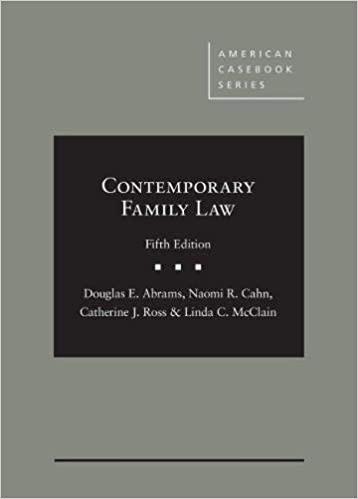Question
Analysis and compare of the issue ERROR OF LAW in the example cases then give a conclusion . (800 words) In SKS Pavillion Sdn Bhd
Analysis and compare of the issue ERROR OF LAW in the example cases then give a conclusion. (800 words)
In SKS Pavillion Sdn Bhd v. Tasoon Injection Pile Sdn Bhd [2019] MLJU 1051, the plaintiff sought to set aside an adjudication decision on several grounds, one of which was that the adjudicator had made an error of law which had a potentially significant impact on the adjudication decision. The adjudicator had decided that the plaintiff was not entitled to impose liquidated ascertained damages because it had failed to prove actual loss as held in the case of Selva Kumar a/l Murugiah v. Thiagarajah a/l Retnasamy [1995] 1 MLJ 817. The plaintiff contended that at the date of the adjudication decision, Selva Kumar's principle regarding strict proof of actual loss had already been restated by the Federal Court in Cubic Electronics Sdn Bhd v. MARS Telecommunications Sdn Bhd [2019] 2 CLJ 723. The plaintiff, therefore, argued that the adjudicator ought to have highlighted the change in the law, to enable parties to address the point.Although it appears that Cubic Electronics was decided before the adjudication decision was delivered, it was only after the defendant's adjudication reply was submitted. Notwithstanding the aforesaid, the High Court held that the plaintiff could have alerted the adjudicator of the change in the law, which the plaintiff did not make at that time despite having the opportunity to do so. The High Court dismissed the plaintiff's application to set aside the adjudication decision. Fundamentally, the High Court held that it was not in a position to review the facts or law on the adjudicator's findings unless it goes towards his jurisdiction. In the event a correction is to be made on the legal propositions relied on by the adjudicator, the same can be done in an arbitration.
Furthermore, the issue of adjudicator'serror also has been brought in Rimbunan Raya Sdn Bhd v. Wong Brothers Construction Building Sdn Bhd [2016] MLJU 1189. This High Court case deals with a Setting Aside Application pursuant to Section 15 of the CIPAA on the basis of denial of natural justice, the adjudicator not acting independently or impartially, and in excess of his or her jurisdiction. The main issue considered by the Court, albeit in mainly a hypothetical sense, is whether an error of fact on the part of the Adjudicator would satisfy the provisions of Section 15 of the CIPAA, most notably a breach of natural justice or failure to act impartially or independently. Rimbunan Raya, as the Respondent Plaintiff in the matter, alleged that there was a double claim made by the Claimant between the Penultimate and Final Certificate that it said was not properly considered by the Adjudicator and thus resulted in a breach of natural justice. Secondly, the Respondent argued that payments under Variation Orders were not due as they were without the signatures of the Respondent's representatives. The Court was also asked to consider the Maybank Base Lending Rate and the resulting late payment interest.

Step by Step Solution
There are 3 Steps involved in it
Step: 1

Get Instant Access to Expert-Tailored Solutions
See step-by-step solutions with expert insights and AI powered tools for academic success
Step: 2

Step: 3

Ace Your Homework with AI
Get the answers you need in no time with our AI-driven, step-by-step assistance
Get Started


